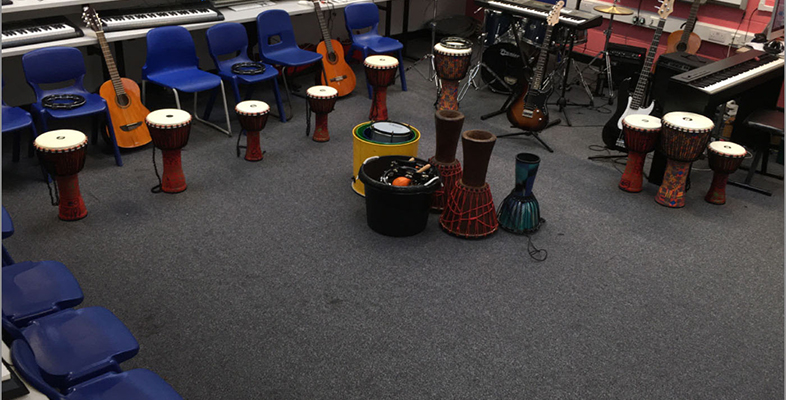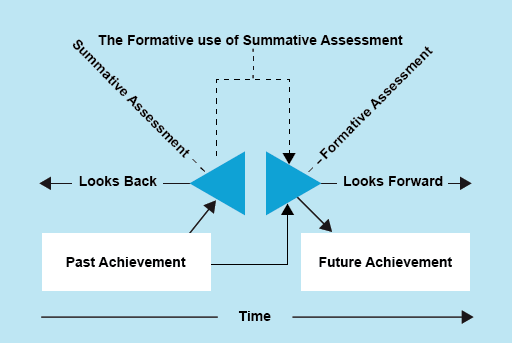1.3 Evaluating assessment
Both summative and formative assessment represent different ways of getting to know students as musicians and musical learners. However, they are not mutually exclusive. As Fautley and Savage (2008) have pointed out, aspects of, and information from, summative assessment events can be used formatively (Figure 4). Equally, the evidence gained cumulatively from ongoing, formative assessment can also be used in a summative way and for selection.
The main focus in this course will be on the way in which assessment opportunities and information can be used to support students’ progressive development as musicians and to inform teachers’ planning for musical learning.
Activity 1
Perspective 1
This activity asks you to consider formative and summative assessment practices from three perspectives.
Think back to your own experiences of music assessment during your early teenage years. Identify one example of formative assessment and one example of summative assessment. Complete the table below, describing both the occasions and the ways in which they helped you to recognise your strengths and what you needed to do to improve.
| Assessment type | Description of assessment event | How it supported further musical learning and understanding |
|---|---|---|
| Formative assessment | ||
| Summative assessment |
Perspective 2
Identify one example of formative assessment and one example of summative assessment from your own practice. Complete the table below: for each instance describe how it helped you to come to know the young person/people better as musicians and how it enabled you to support them in making musical progress. Finally, comment on how the assessment process and what you gained from it helped you in your planning.
| Assessment type | Description and analysis |
|---|---|
| Formative assessment | |
| Summative assessment |
Perspective 3
Identify a particular musical idea, concept or example of a musical genre that you might wish a class to learn about. Identify the concept, then describe how you might use formative and summative assessment in support of young people’s musical learning.
| Musical concept/idea | Uses of assessment |
|---|---|

